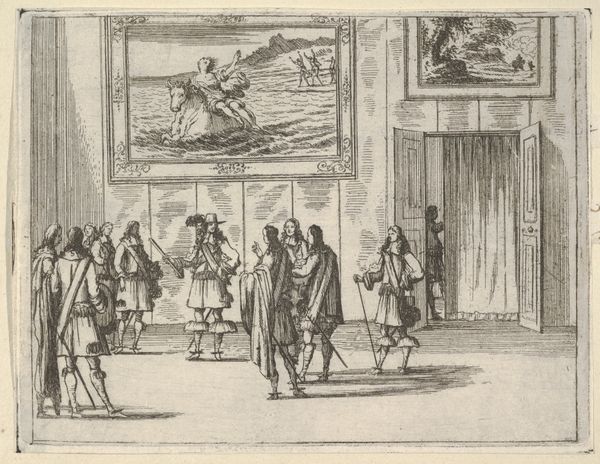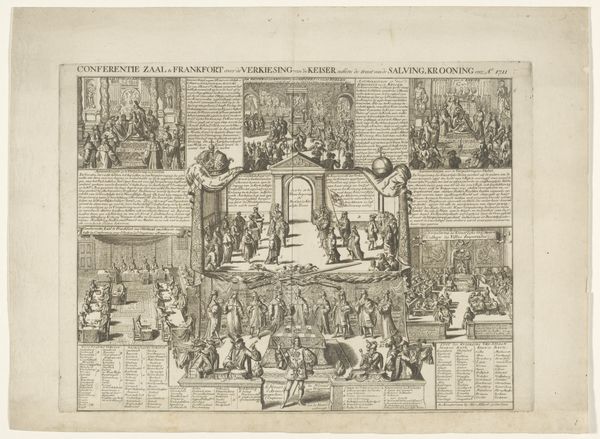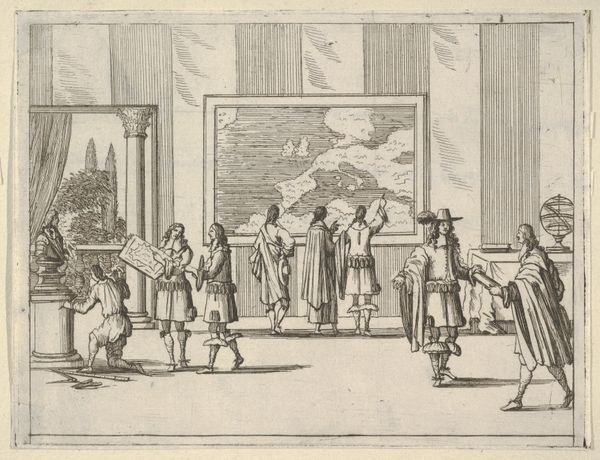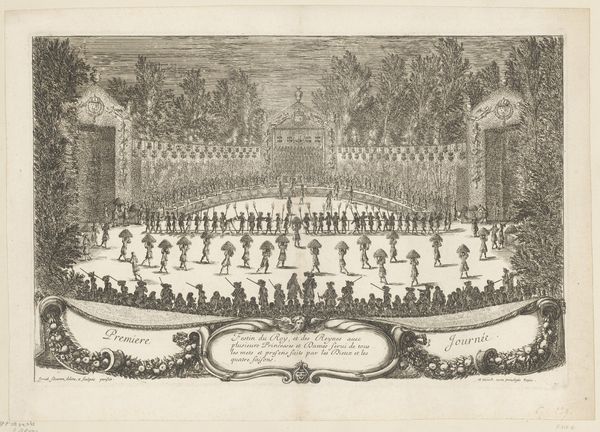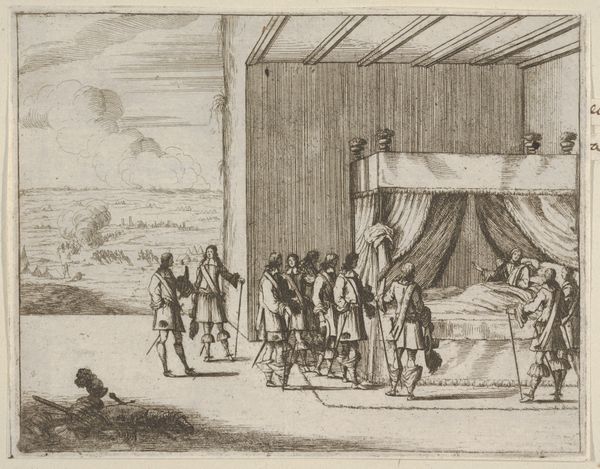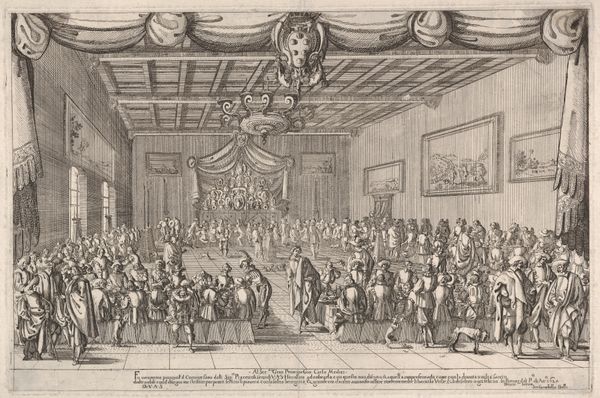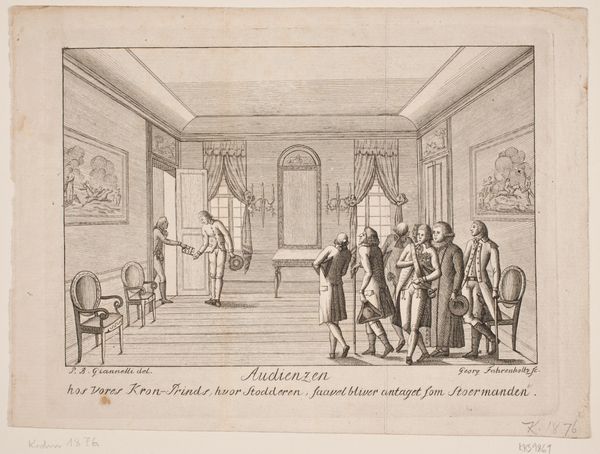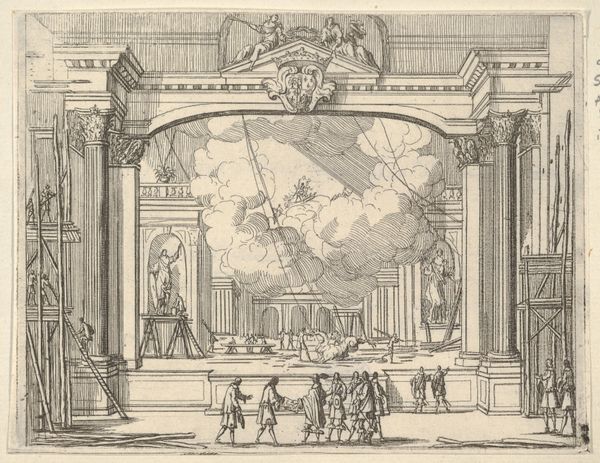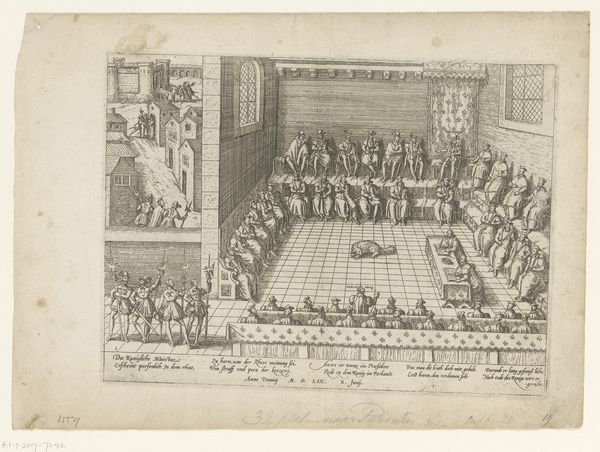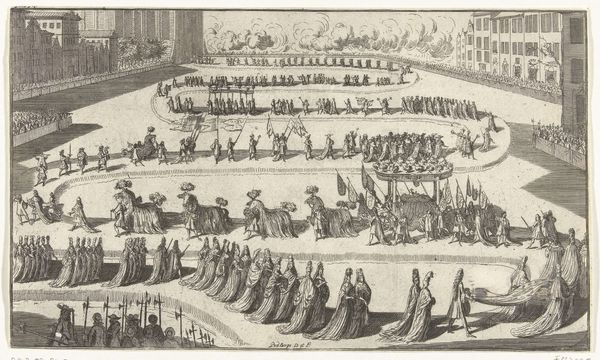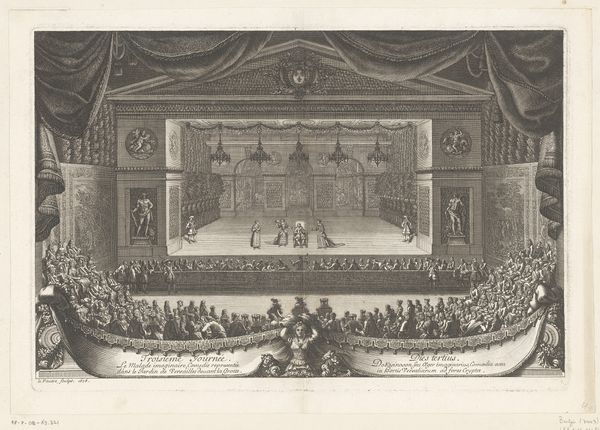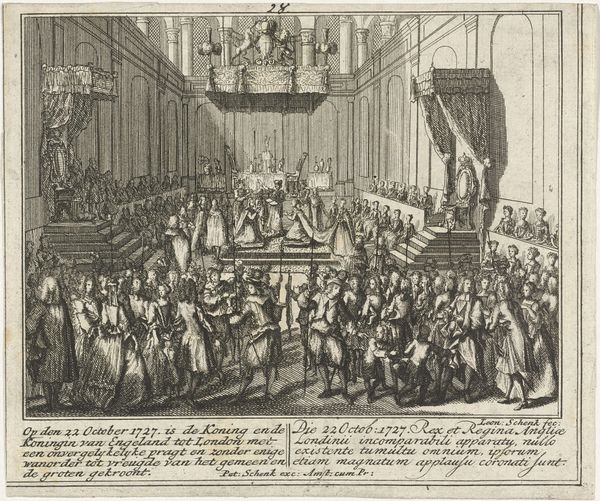![Francesco I d'Este Presents Himself with Warmth and Humility with Representatives of the Republic of Venice and the Duke of Savoy, from L'Idea di un Principe ed Eroe Cristiano in Francesco I d'Este, di Modena e Reggio Duca VIII [...] by Bartolomeo Fenice (Fénis)](/_next/image?url=https%3A%2F%2Fd2w8kbdekdi1gv.cloudfront.net%2FeyJidWNrZXQiOiAiYXJ0ZXJhLWltYWdlcy1idWNrZXQiLCAia2V5IjogImFydHdvcmtzLzUzMTYyZjRlLTI2MzktNDNhYy1hMGRjLTMzM2Q3ODU2OThhMi81MzE2MmY0ZS0yNjM5LTQzYWMtYTBkYy0zMzNkNzg1Njk4YTJfZnVsbC5qcGciLCAiZWRpdHMiOiB7InJlc2l6ZSI6IHsid2lkdGgiOiAxOTIwLCAiaGVpZ2h0IjogMTkyMCwgImZpdCI6ICJpbnNpZGUifX19&w=3840&q=75)
Francesco I d'Este Presents Himself with Warmth and Humility with Representatives of the Republic of Venice and the Duke of Savoy, from L'Idea di un Principe ed Eroe Cristiano in Francesco I d'Este, di Modena e Reggio Duca VIII [...] 1659
0:00
0:00
drawing, print, engraving
#
drawing
#
narrative-art
#
baroque
# print
#
human-figures
#
landscape
#
figuration
#
line
#
history-painting
#
engraving
Dimensions: Sheet: 4 15/16 × 6 5/16 in. (12.5 × 16 cm)
Copyright: Public Domain
Editor: This is a 1659 engraving by Bartolomeo Fenice, titled "Francesco I d'Este Presents Himself with Warmth and Humility with Representatives of the Republic of Venice and the Duke of Savoy." It's a very formal scene, almost theatrical. What strikes me most is how the interior setting dominates the image, nearly overshadowing the figures. How do you interpret this work? Curator: This print is fascinating for what it reveals about the relationship between power, representation, and the performance of diplomacy. Consider the depicted space: it's a carefully constructed stage for a specific narrative. It projects not only Este's power, but also the desired image he wants to project, both nationally and internationally. Note the inclusion of Venetian symbols – the lion – indicating a desired connection to Venice’s economic and cultural power. How does the prominent battle scene impact your view? Editor: That’s interesting, I hadn’t focused on the battle scene within the image – it felt secondary. Now, I see how it ties into projecting power. The military prowess almost acts as a backdrop to the meeting. So, it's less about individual personalities, and more about projecting dynastic strength through symbolic imagery? Curator: Precisely. Think of the intended audience for this image. It wasn’t simply a record of an event. This print was intended to circulate, shaping public perception. The controlled chaos of battle in the artwork juxtaposed with the calculated meeting creates an intended narrative. To ask ourselves questions about these intentional narrative controls is crucial to understanding imagery of leaders then, and also leaders today. Editor: I see it now. It is a careful construction meant to legitimize Francesco I d'Este's rule and project his power, using symbolism, and theatrical composition. Curator: Exactly. The placement of Este with figures, the visual queues... this provides key insights into the power dynamics of 17th-century diplomacy. We see that a work of art functions as a crucial instrument in shaping historical narratives and reinforcing political agendas. Editor: I’ll never look at a historical image the same way again! Thank you for making me consider these embedded historical relationships.
Comments
No comments
Be the first to comment and join the conversation on the ultimate creative platform.

